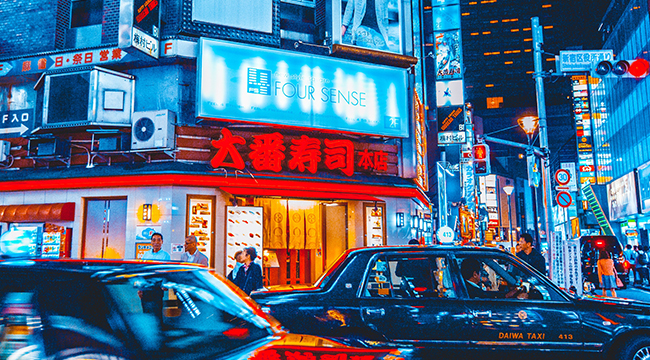
When I began making plans to travel to Tokyo, my priorities were 1) finding convenience stores because the internet told me they were places of limitless wonder, and 2) figuring out how to navigate the streets well enough to find a butler cafe, where a bow tie-clad man would wait on me. But I am terrible at planning and I hadn’t traveled internationally in years, so I ended up staying very close to my hotel, the Hyatt Centric Ginza. By deciding not to chase my own agenda, I think I actually got to know the city more. And what I found was a synchronicity between the past and the present of Japan.
I learned that the modern Japanese craft movement isn’t a return to the methods of the past, as you might expect from a hipster pickle company or dude selling dyed goat wool on Etsy. Nope. There isn’t anything to return to because the methods and foundational beliefs of the past never stopped being used. They are still intact and thriving.
My first night in Japan, I needed only to power through drinks and dinner before I could return to my room and pass out. Between the heat of the city and my long day traveling, my travel excitement was dipping into delirium. After a quick wash in the most aspirational shower that I have ever been granted access to (seriously, it was a room the size of my bathroom at home with simply a shower head and a bath in it), I ventured to the hotel bar, NAMIKI667.
The Hyatt Centric Ginza was constructed on the former site of the first Tokyo office of Asahi Shimbum Company — a national newspaper publisher established in 1888. In acknowledgment, one wall of the bar is entirely covered in small rolls of newsprint redolent with bright inks and stacked one atop the other like small logs in a cabin wall. Another wall features red letters and numbers in different sizes and fonts piled atop each other until they simply become an organic, freeform landscape. Though it seemed appropriate to quaff some sake while having a Tokyo drinking moment, the bartender was most excited about serving mojitos made with ingredients like ginger, yuzu, and umeboshi.

After tipping back a few, I moved to the restaurant for dinner. A quinoa salad topped with bright vegetables preceded a cold corn soup (the first of many I was served in Japan) with leek and summer truffle. The main course was a small tureen of roasted Tokyo vegetables with gnocchi and a rich, thick tomato sauce. Dessert was a smooth pannacotta with a lychee sorbet whose delightfulness demanded my appetite, which had, almost tragically, diminished as I got increasingly full.
Already a theme had appeared: New techniques and influences mixing with traditional ingredients. A fusion of styles that still made a point to honor Japan’s long culinary tradition and local cuisine.
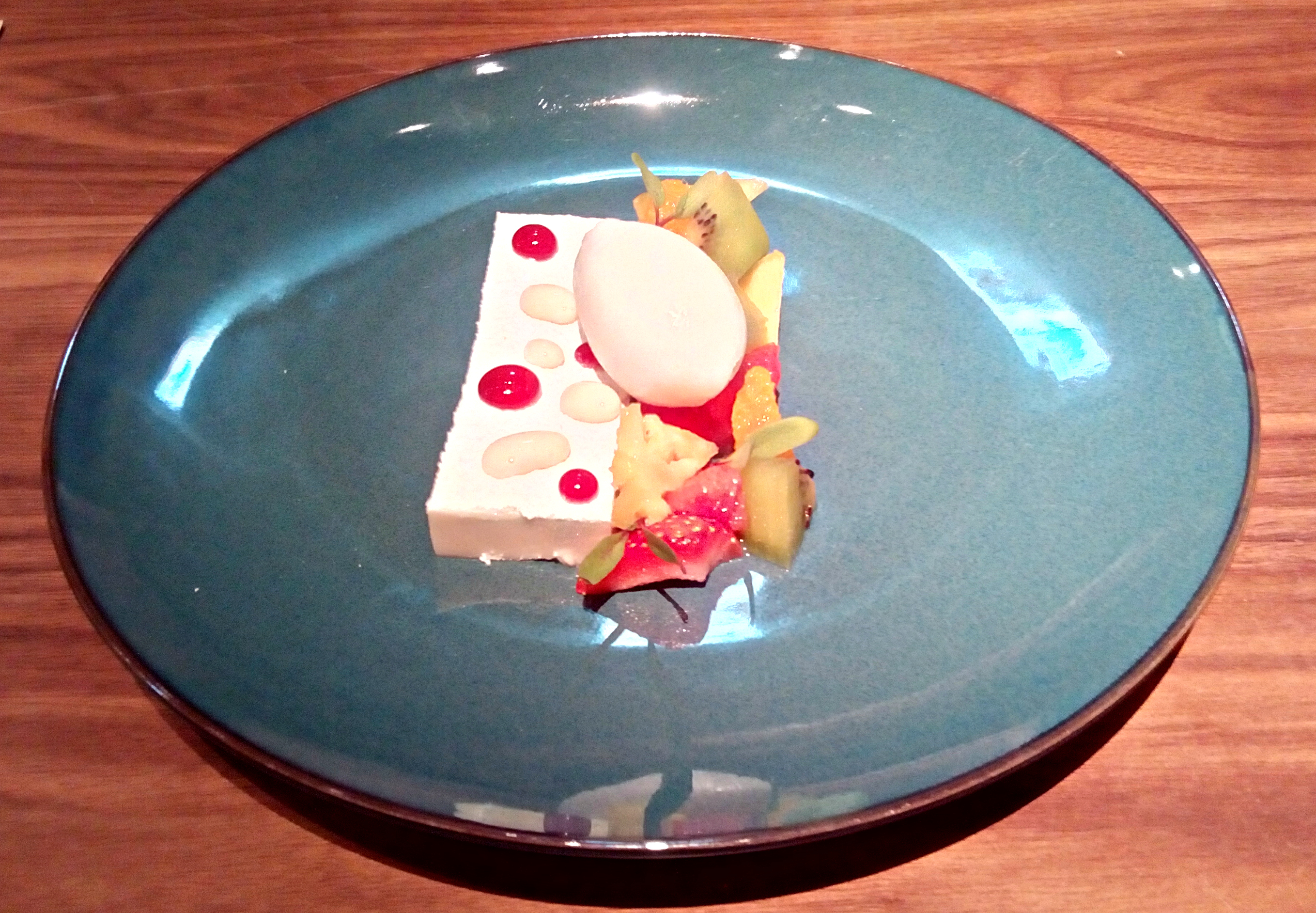
With a sixteen-hour time difference and a travel day that lasted over 24 hours behind me, morning arrived much earlier than I felt it needed to. Luckily, the waitstaff at the breakfast buffet in the hotel restaurant brought dangerous amounts of coffee without acknowledging that I clearly have a caffeine problem for which I ought to seek help. I also discovered they were similarly down to look the other way when I shoveled as much fresh fruit as possible into my gaping maw.
No one warned me that I would find the best fruit I have ever had in Tokyo. I felt obligated to eat as much as I could before I had to head back to the States.
Like a piñata that only needed a few whacks to release a wave of produce, I finally left my hotel cocoon and explored Ginza, which is only about two kilometers square but contains the most expensive real estate in Tokyo and boasts luxury brands in a volume I had never seen. Why such a small area needs four Chanel stores doesn’t make sense to me, but it obviously does to the people who arrive early daily and stand outside the retailers waiting for their chance to buy extravagant fashion and accessories.
In need of a little more energy to walk for hours, I started my day out with a trip to Bongen Coffee, a small shop that barely provided enough room for the half dozen customers to stand pressed against one another — chugging iced drinks and fanning ourselves. With the exception of the grand luxury brand hubs, most stores in Ginza are tiny by American standards. And turning into an alley at any point can lead to an unexpected find. Bongen was just such a treasure, tucked down a side street across from a parking garage. It’s very strange to spend hours walking down tiny alleys having grown up where they are generally places that house garbage cans and host crimes. In Tokyo, alleys seem far more likely to produce a 7-11 than a body.
I wandered into Nakamura Katsuji, a local letterpress printing company with roots in Ginza that can be traced to 1910. At one point, it was surrounded by other printing shops and newspaper offices, but now is one of the last in the neighborhood. The family who runs it greeted me with excitement, proud to show me the letter blocks and the press that they use.
After a quick tour, I got to take a turn printing a postcard on the dated piece of machinery, which is the only one the family uses. They hand press everything. It wasn’t terribly difficult to press a logo on a postcard, but that was a single pressing. Doing it for hours would be punishing. That isn’t an issue for the workers at Nakamura Katsuji, though. It’s not even discussed. It’s a dedication to pre-industrialized craft that hasn’t been returned to as an act of nostalgia or irony. Rather, it is a continuation of traditional methodology fueled by a desire to do the best work, not the easiest work.
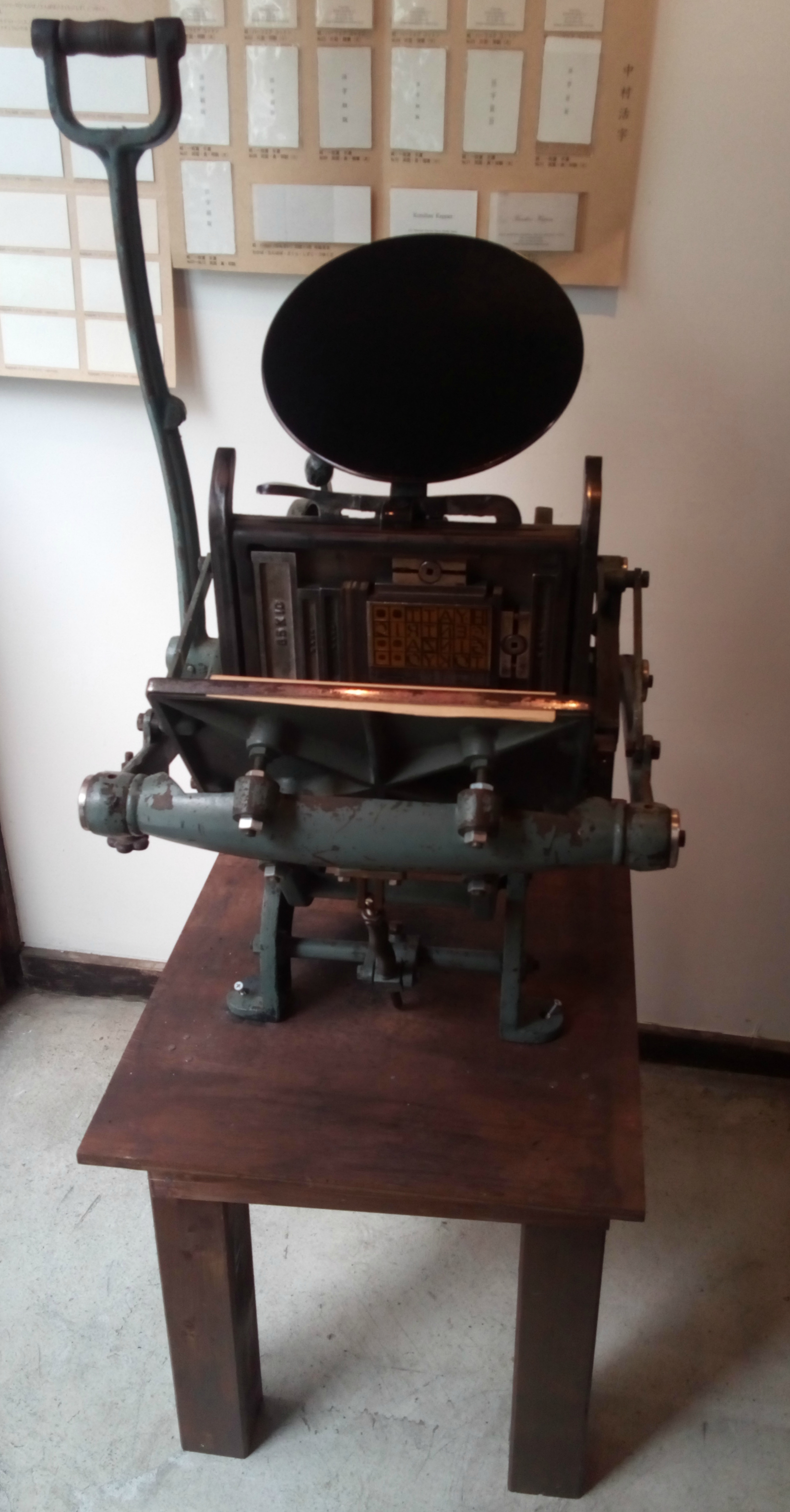
After my time as a printing apprentice, I continued walking through small side streets until I found a workshop redolent with the smell of cooked sugar. It was that cotton candy/crème brulee odor that tickles your sweet tooth and your inner child. Founded in 1910 in a small street behind the Kabukiza Theater, Kobikicho Yoshiya has been making a traditional sweet called dorayaki for almost a century. A pair of small pancakes used to sandwich sweet red bean filling, dorayaki are incredibly tasty. Yoshiya, however, manages to make them artful as well by stamping them with small branding irons that mark them with the chosen design of the customers. Options include large brands as well as actors in the kabuki theater.
Pressed in yet another small, sweaty space, I listened as an elderly man with wild, unkempt eyebrows creeping behind thick-framed glasses explained how to mark the dorayaki. I didn’t set the kitchen on fire or brand another person, but I also didn’t mirror generations of training, something the man was quick to register in his facial expressions and occasional ejaculations. Some of the brands were too light, others too dark, some placed crookedly, others too high. I was all over the place.
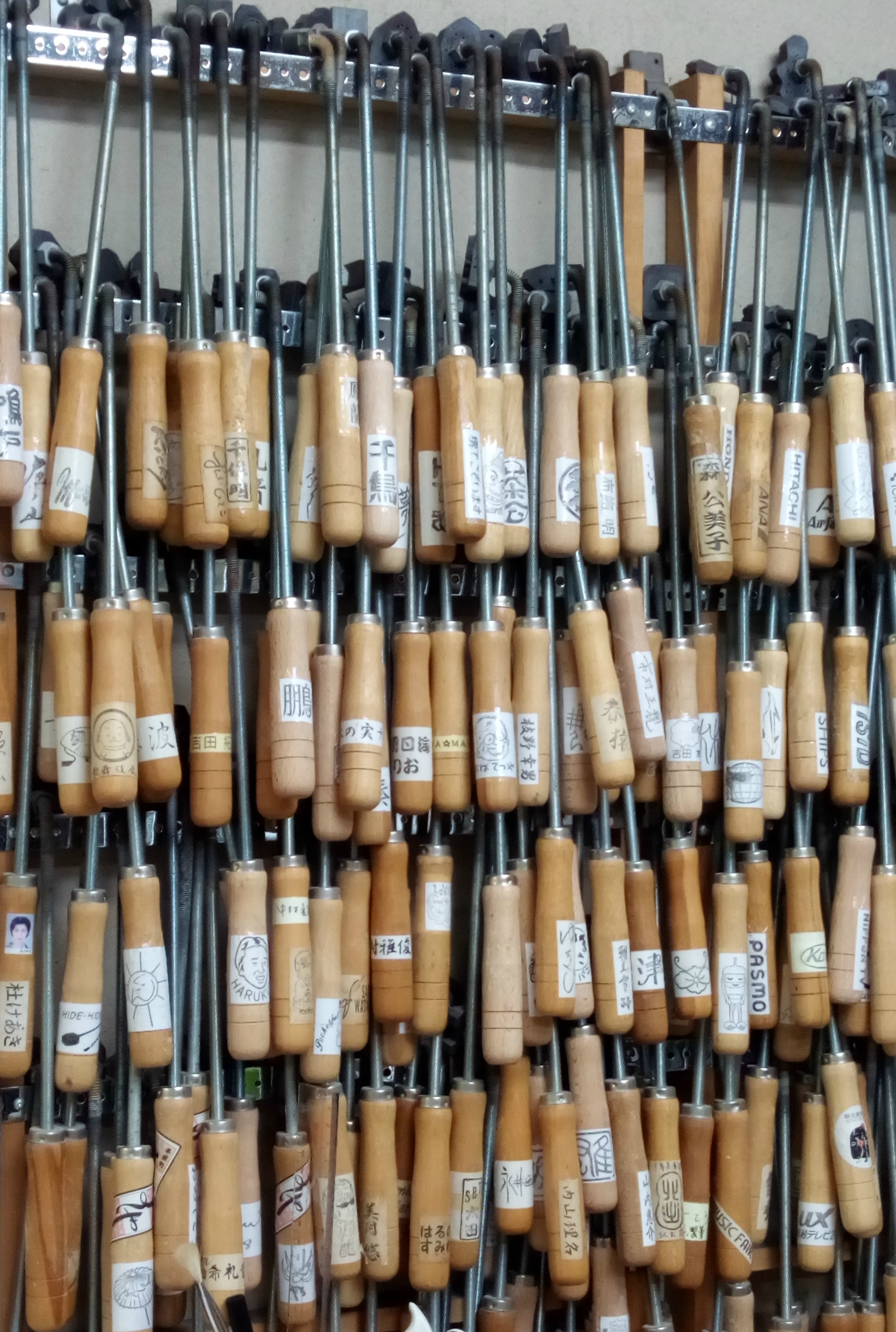
Next, I began spreading my branded pancakes with thick layers of the traditional sweet filling. It is a lot of pressure to be surrounded by dorayaki professionals and asked to mirror their movements. It was totally one of those moments where the demonstration happens so quickly and fluidly that you can’t process it before the tools are in your hands. Plus, when you make a mistake, the encouragement and corrections happen in Japanese, so it’s hard to accurately adjust mid-spread.
After I got my sweet bean paste on, a dude showed me how to make traditional matcha. Now, I am embarrassed to say that the movements and the wording of the instructions (“don’t move your arm” “keep your wrist loose” “go as fast as you can”) made me think about hand jobs. This may be why I was the only person in the restaurant who had the teacher take the whisk from them and complete the task himself. Apparently, I suck at handjobs and matcha. I get scared of being too vigorous generally.
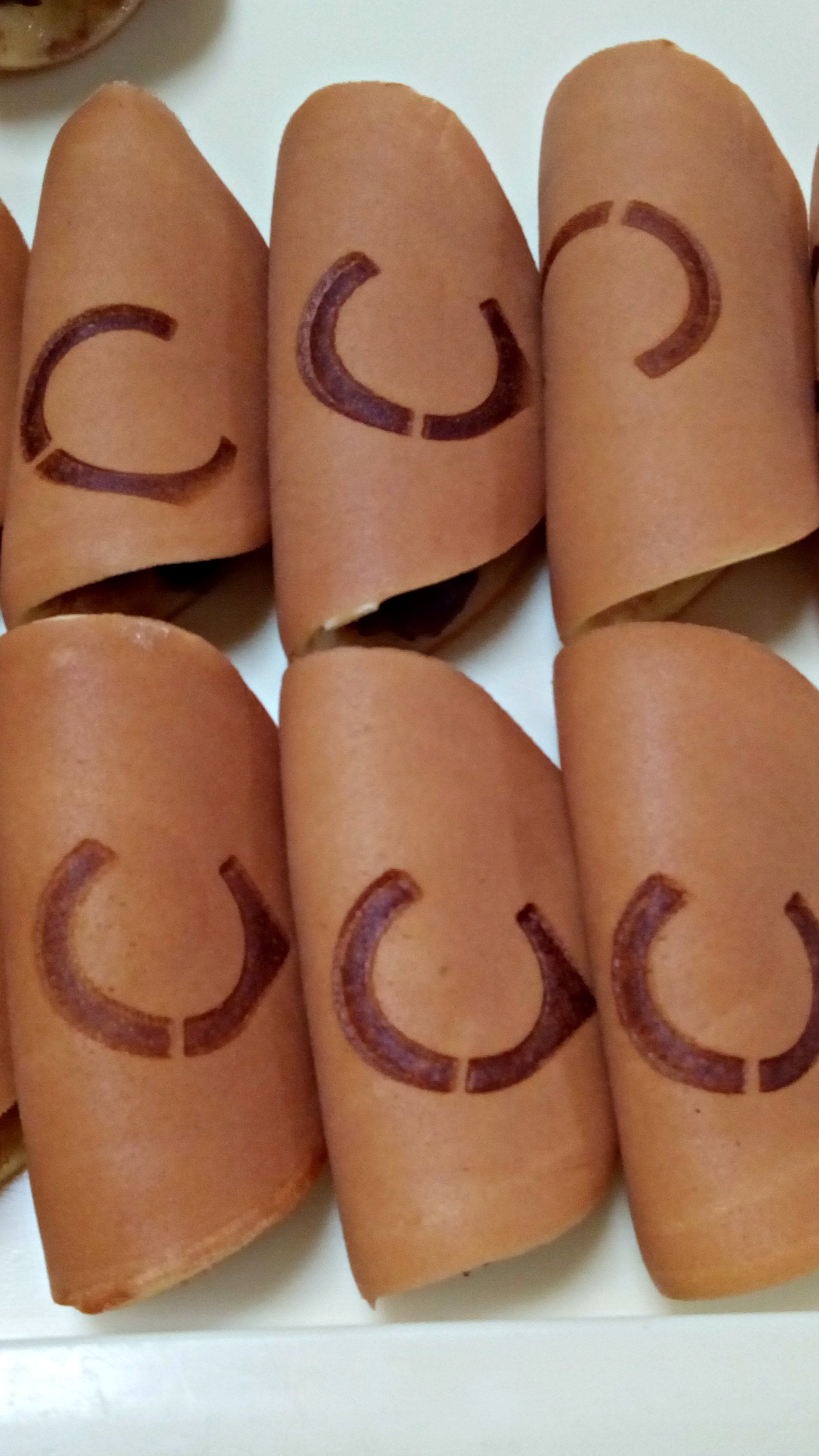
Before heat and fatigue could conspire and leave me in a fit of giggle mumbling to the Japanese about HJs, I walked back to the hotel, put on some slightly fancier clothes and went out for some nightlife.
BAR yu-nagi is run by Toshiyuki Kamiki, a former member of the agricultural sector. It is his past employment that influences the bar’s focus on fresh seasonal fruits and vegetables as the base of their cocktails. There was just enough room in the bar for a few people to have a seat before Kamiki, smiling and dressed in a traditional summer kimono, approached with a tray, which served as the menu. There were a series of trays, bowls, and elegant glasses filled with fruits and veggies, and these served as the menu. The tall glass full of bright tomatoes was the bloody Mary. The small clusters of grapes filling a narrow vessel were the gin fizz. And, the mint was a signal that here too the mojito had a firm foothold.
When drinks were ordered, Kamiki stepped behind the bar and crafted the finest cocktails entirely by hand. I have literally never had a better gin and tonic in my life. The ice was clear and hand cut, chilling the cocktail and sending rivulets of condensation down the thin sides of the glass. The gin taste was present but delicately balanced with the tonic. It made me wish I had ordered the grape gin fizz so that I could experience the high quality of the mixology along with the premium produce Kamiki insists on using. I was, after all, at this point woefully low on fruit and veg, as lunch had been hours ago.
I would happily have stayed at BAR yu-nagi until they carried me out. I would have sucked up every cocktail served and licked spilled ones off tables, but it was time to move on to another Tokyo dinner, and you don’t miss those for anything. Not even the chance to be a human bar rag.
Tsurutokame is a rare sushi restaurant with a solely female staff. Larger than the other places I had visited, the restaurant allowed guests to spread out a little, sitting along a bar with a view of the bustling kitchen. Though the locale is known for their sushi, they designed a special meal for the evening, and it was course after course of food unlike anything I have ever been served before — a blend of Japanese ingredients and dishes with an haute cuisine flair. Included among the seemingly endless number of courses was a cold corn soup with a float of watermelon, a “tofu” made from cornstarch and sesame oil, a bubbling cauldron of deeply flavored broth studded with taro and mushrooms, and a bowl of soymilk “skin” topped with sea grapes and soy sauce.
For dessert, they handmade gelatinous noodles with agar and piled them atop blue ice before drizzling them with brown sugar syrup. It was complicated food and unfamiliar for western palates.
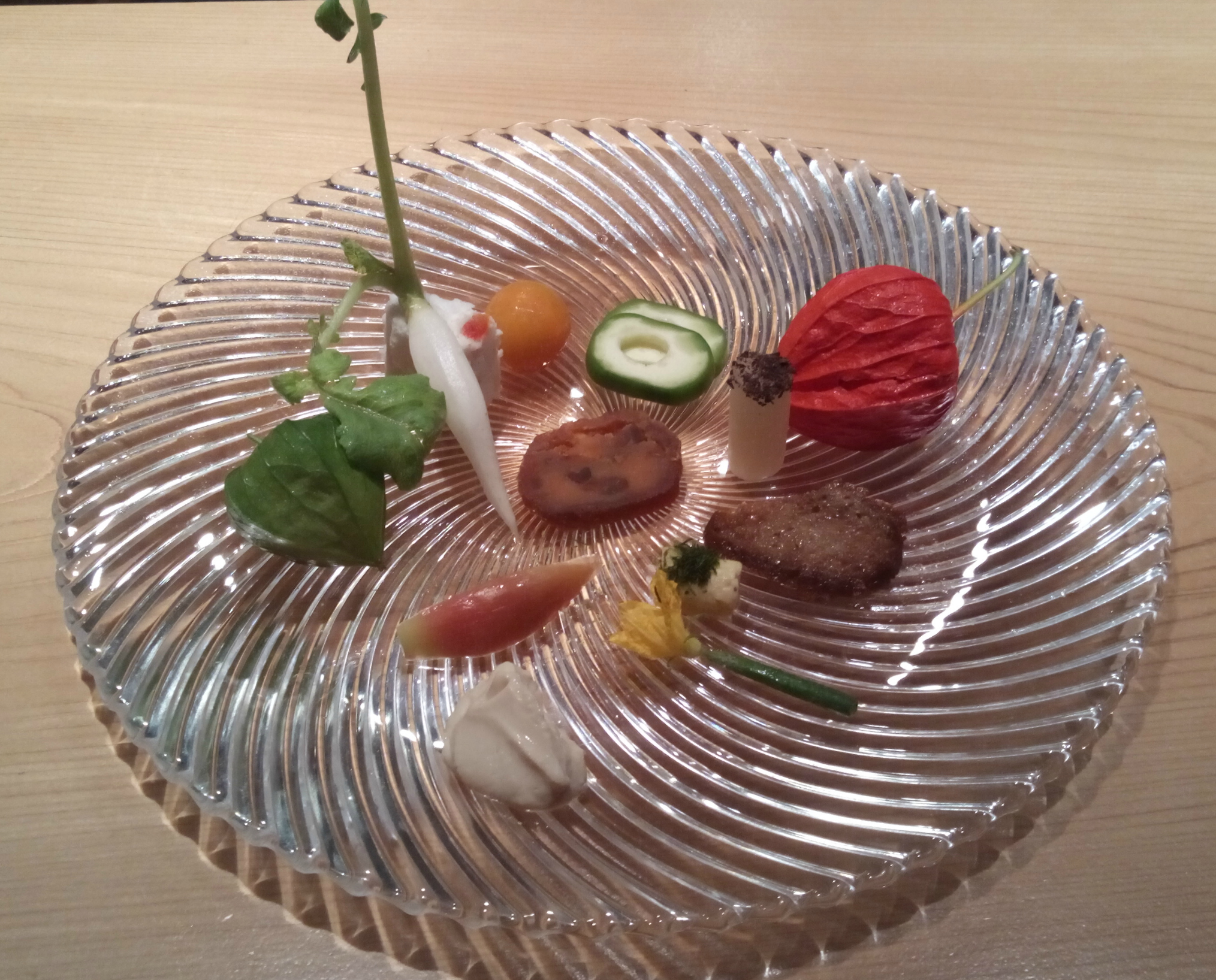
Though the food was peppered with surprises, the most unexpected part of the meal came as I was about to depart. Gathering my things and standing to file out of the restaurant, I was halted by the chefs lining up in front of the kitchen, where we bowed and posed for photographs. This was sweet, but not startling. What I could never have expected is that they would then break into song, caroling their own rendition of the 1960s classic Les Champs-Elysees with “Ginza, Tokyo” substituted for some of the lyrics.
Try anticipating a half dozen petite women in chefs’ whites swaying in front of their kitchen and belting out a French ditty at the close of your meal.
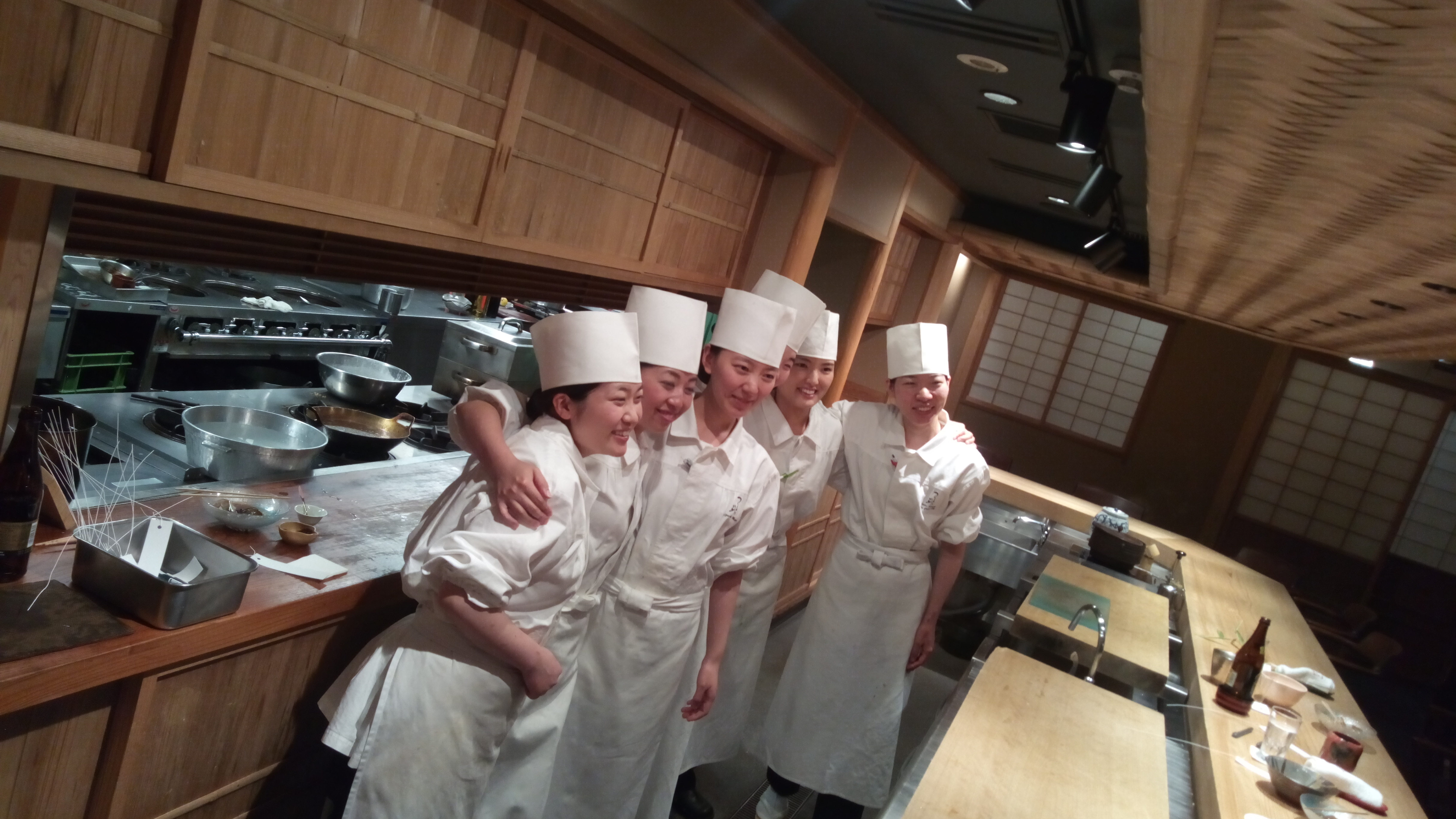
It’s such a contrast to see people making high-quality food with the same resources and methods that have been in place for hundreds, if not thousands of years. And we certainly have some of that happening in the United States, but the relative freshness of the country coupled with our tendency to slough off our past like an old skin when we are done living it means that we tend to borrow traditions from other cultures rather than maintaining a throughline all along. (Obviously, the giant exception is indigenous people, whose massive history and connection to it allows them to come at the topic differently.)
There are thousands of reasons to travel to Japan. And given the tie between the people of the country and their past, the craft movement will be a part of the trip regardless of whether or not it is the primary motivation. It might start as small as a folded set of traditional pajamas in your hotel room or a woman in full kimono walking into a Lawson’s convenience store as the late morning sun stretches her shadow, but once you begin seeing it, you won’t stop. And, you will want more and more and more. I know I did.
Uproxx was hosted by Hyatt on this trip. You can read our policy on hosting/press trips here.






